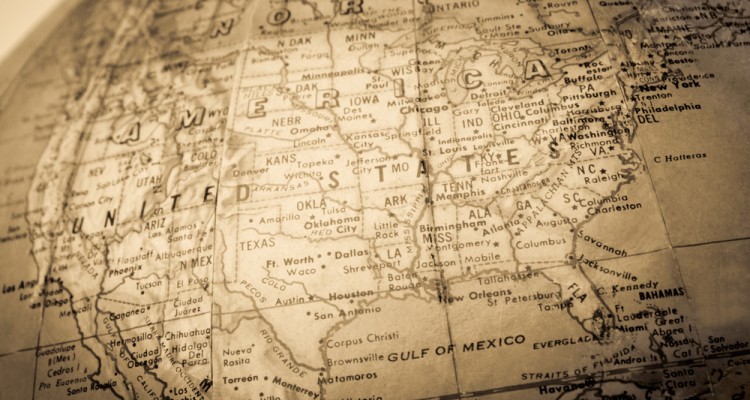Two false claims have been strongly promoted by Convention of States opponents in recent months: 1) we cannot know the rules that would govern a convention and 2) Congress would control the rulemaking process.
Both of these claims contradict known history and established convention precedent. The simple truth is that Article V was not written in a vacuum; we have the debates of the Framers at the Constitutional Convention to guide us, as well as hundreds of years of historical practice. This history yields two important conclusions: the rules of a convention are not some unknowable mystery, and Congress does not control the rulemaking process for a convention.
In the century leading up to the ratification of the Constitution, the Founders held at least 32 multi-state conventions (1). The function of a convention and the rules that would govern it were well understood by the Founders. This is no doubt part of the reason for the brevity of Article V. The rules for these conventions were not set by Congress or any other national body, but by the convention delegates themselves, subject always to the instructions issued by their respective states.
In the years since, the states have held at least 4 more multi-state conventions. In each instance the procedural rules at the convention closely followed established historical precedent: the states appointed their own delegates; the states decided how many delegates to send; each state was always apportioned one vote, which was cast by a majority of delegates from that state; and the delegates selected the Chair and any other officers (2). Eagle Forum and other Article V opponents would have you believe that a convention is a series of unknowns for Congress to mold as it wills. History paints a far different picture.
Congress has repeatedly tried to assert authority over a convention and failed every time. Between 1967 and 1993 Congress considered 41 separate pieces of legislation that would set rules for a convention. Every single one was defeated. Even Congress itself has shown grave concern about asserting federal control over a convention.
The whole reason the Framers voted to put the convention provision in Article V was to ensure that the states could bypass Congress and the federal government if they became too powerful (3). Giving Congress rulemaking authority for the convention flatly contradicts the express intent of the Framers at the Constitutional Convention. Moreover, it makes no sense to say that Congress controls the convention process. Congress already has authority under the Constitution to propose amendments on its own initiative. The only reasonable reading of Article V is that states have ultimate control over the convention process.
This is why, historically, an Article V convention was called “a convention of the states,” (4) because the states controlled the convention. Even the Supreme Court has recognized that an Article V convention is “a convention of the states” (5). It is a contradiction in terms to assert that a convention of states would be controlled by Congress. A convention of states is controlled by the states.
You can access a printable version of this document here.
References
1. Robert G. Natelson, Founding-Era Conventions and the Meaning of the Constitution’s “Convention for Proposing Amendments,” 65 Fla. L. Rev. 615, 620 (2013).
2. Id. at 686–90; see also Robert G. Natelson, Proposing Constitutional Amendments by Convention: Rules Governing the Process, 78 Tenn. L. Rev. 693 (2011).
3. 2 Records of the Federal Convention 629–30 (Max Farrand ed., 1911). Madison recorded that the vote was unanimous. Id. at 630.
4. This phrase has deep historical roots. Virginia filed the very first application under Article V of the Constitution in 1788. The application called for “a convention of the states.” 1 Annals of Cong. 258–59 (J. Gales ed., 1834) (H.R., May 5, 1789) (reproducing Virginia’s 1788 application for a convention). New York used the same term in the second application less than a year later. H.R. Journal, 1st Cong., 1st Sess. 29–30 (1789) (reproducing New York’s application for a convention).
5. Smith v. Union Bank, 30 U.S. (5 Pet.) 518, 528 (1831).


